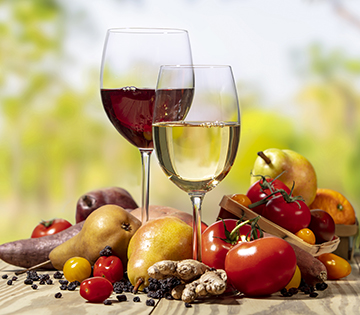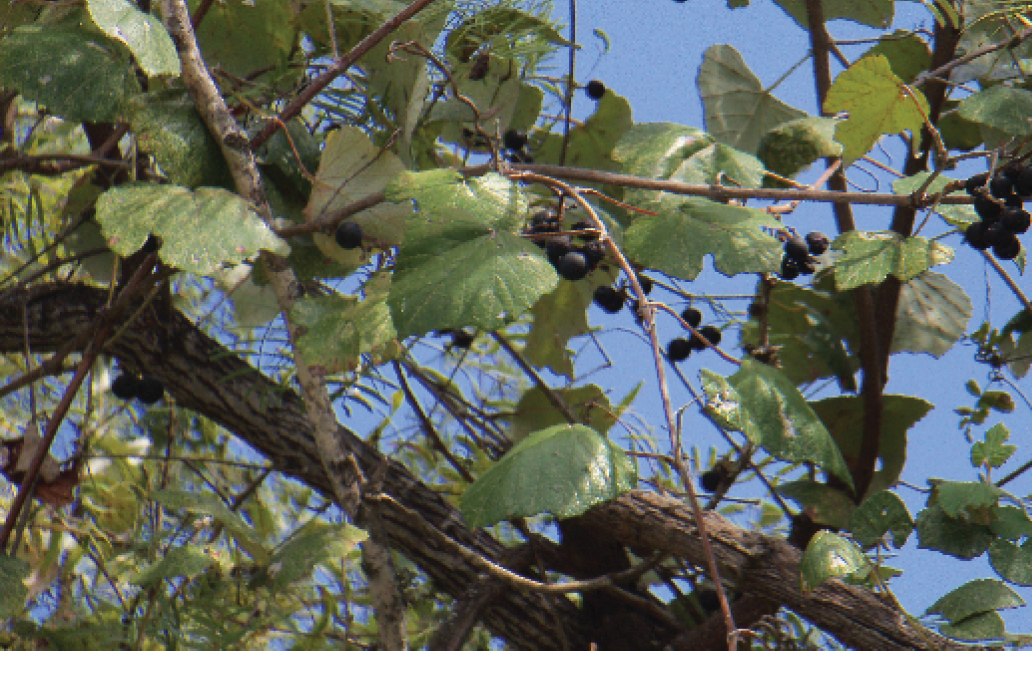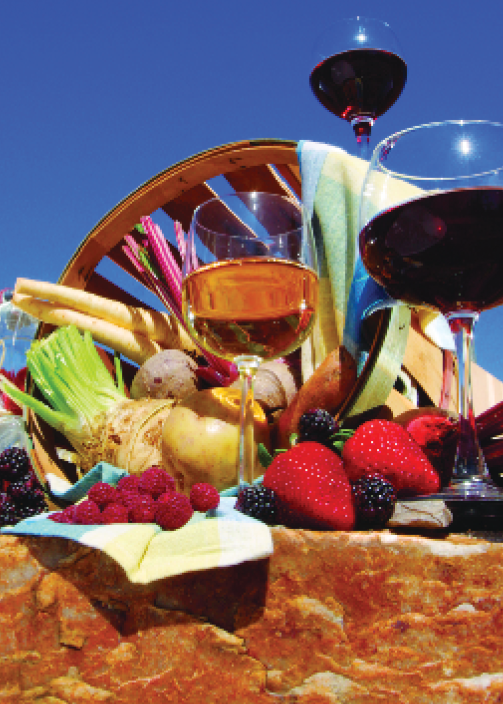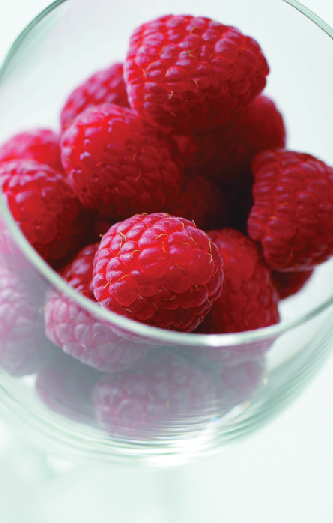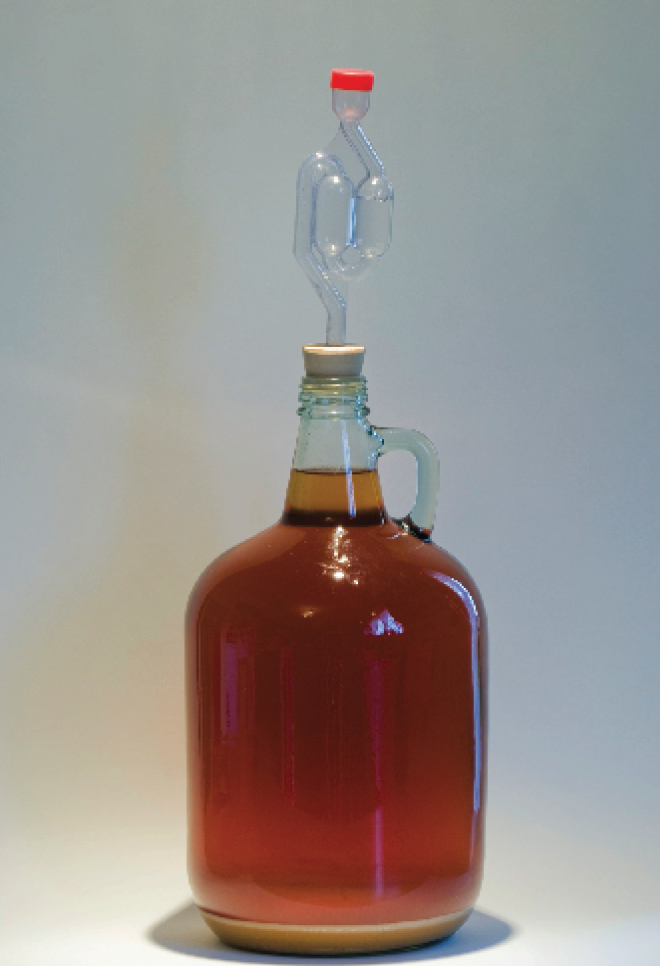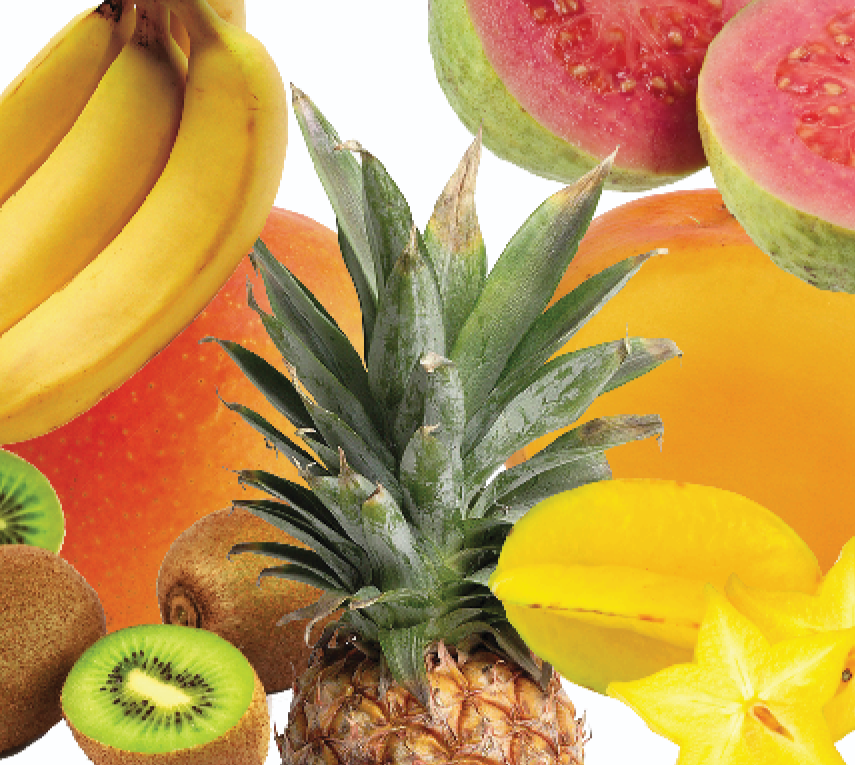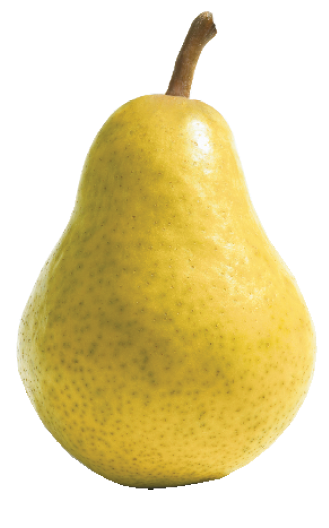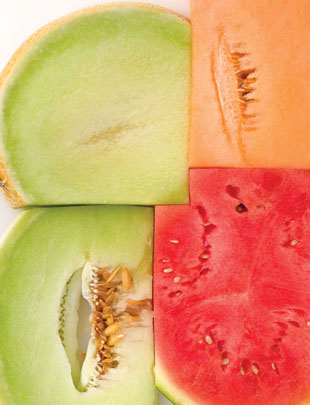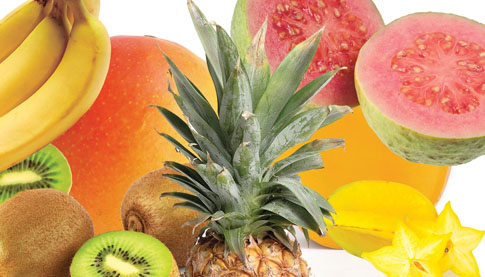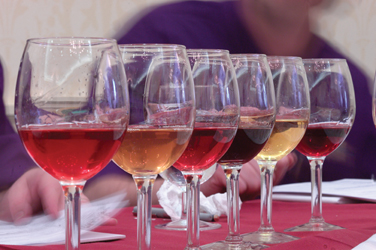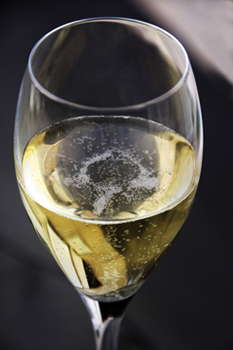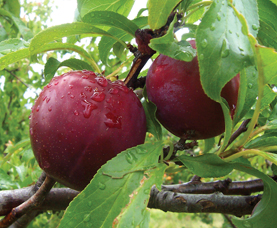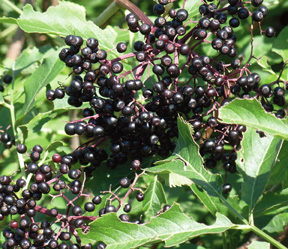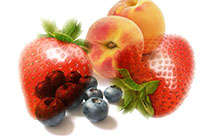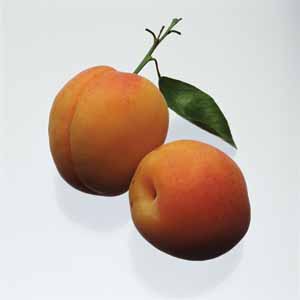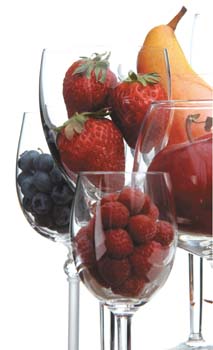Writer: Jack Keller
7 Country Wine Recipes
Fruit wines are generally the first thing to come to mind when we hear “country wine,” however the term is much more encompassing than that. We share seven recipes from Jack B. Keller Jr.’s new book release Home Winemaking: The Simple Way to Make Delicious Wine that illustrate just how broad an array of ingredients the term includes.
Making Port Style Wine from Mustang Grapes
By far, the most prolific wild grape in Texas is the widely distributed Vitis mustangensis, or Mustang grape. It was historically the major wine grape of early settlers and remains a dominant
Aging Country Fruit Wines
Wine is a dynamic chemical soup, constantly changing, evolving, reducing and oxidizing. From the moment it is made, its fate is sealed. Yes, it will improve, mature, reach a peak, and then
Making Country Wine from Berries
Summer is the time for berries, and that means berry wines. Loaded with flavor and unique aromas, chilled berry wines on warm summer afternoons lend credence to the lyrics, “It’s summertime, and
Small Batch Winemaking Techniques
Making wine in small batches, usually from 3 to 5 liters (3 to 5 quarts), is both easier and at the same time more exacting than making wine in much larger batches.
Making Tropical Fruit Wine
Tropical fruit obviously are those native to the tropics. While the absolute number of fruit native to that area is disputed, at least 235 — more than twice that of the non-tropics
Growing Trees for Fruit Winemaking
There is nowhere in North America or Europe below the Arctic Circle where suitable fruit trees cannot be grown — which means you can grow your own trees for making fruit wines!
Making Melon Wine
With few exceptions, melons conjure up memories of juicy, succulent sweetness that satisfies the senses on a warm summer day. Any winemaker enjoying a fully ripened culinary melon will naturally envision a
A Taste of the Tropics
Making wine from tropical fruits, with a little know-how, is just as easy as making wine from traditional fruits and berries.
Non-Grape Blends
Country (non-grape) wines can be combined to create a blend that is better than the sum of its parts. More and more savvy winemakers are discovering an unexpected similarity between grape and
Sparkling Country Wine
The first sparkling wine I ever made was a black cherry. It was supposed to be a semi-sweet still wine, so when I opened the first bottle at a social event, I
Stone Fruit Wines
Tips and recipes to make wine from stone fruits.
Elderberry Wine: Taming the Wild Elderberry
Sometimes referred to as the “Englishman’s grape,” the common elderberry has been used to make wine for hundreds — possibly thousands — of years. By themselves, elderberries make a rich, flavorful wine,
10 Tips for Country Winemaking
In the beginning, there was wine . . . just wine. There wasn’t “wine” (made from grapes) and “country wine” (made from fruits other than grapes). A pomegranate wine is mentioned in
10 Can’t-Miss Country Wine Recipes
If you have not tried making country wines — i.e., non-grape wines — this article’s sole purpose is to entice you to try. To do this, we share 10 sure-fire recipes just about guaranteed to yield good to great results.
Winemaker’s Garden and Orchard
The average person, upon hearing the term “winemaker’s garden,” will probably think of fruit, berries and perhaps a couple of grapevines, but it can mean so much more. Depending on what wines
Grape/Non-Grape Blending
The first time I ever blended two wines was an exercise in ignorance. I had a dewberry wine that had beautiful color and clarity but tasted flat. I also had a blackberry
